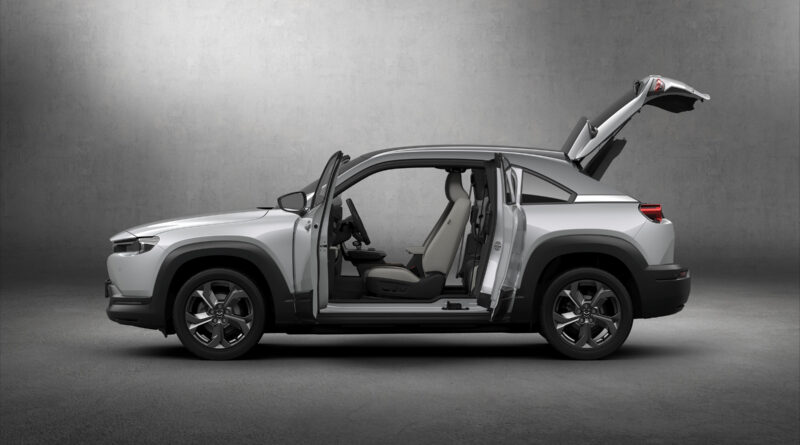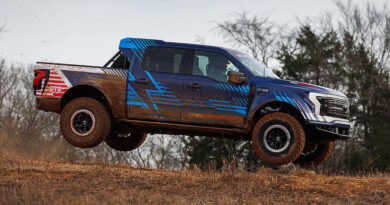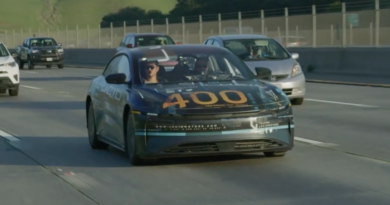Mazda MX-30 EV, hybrid confirmed for Australia
Mazda has all but confirmed its MX-30 crossover SUV will be sold in Australia as early as 2021.
On Monday Mazda filed documents with the Department of Transport, Infrastructure and Regional Development to begin the process of certifying the radical electrified SUV for sale in Australia.
The regulatory filing is a clear signal Mazda is working to bring the MX-30 to Australia, although the company is playing its cards close for now.
“We’ll have a formal decision by the end of this year,” a Mazda spokesperson told EVcentral, confirming the company was interested in the innovative city-sized SUV with rear-hinged back doors.
Want the latest EV news and reviews delivered to your inbox? Subscribe to our weekly newsletter!
It’s understood Mazda Australia is interested in both the pure EV version of the MX-30 and the more recently-announced mild hybrid, which pairs the SkyActiv G 2.0-litre four-cylinder engine (already used in the Mazda3 SkyActiv X) with a small electric motor to reduce fuel use.
The mild hybrid would logically be more affordable, helping deliver the sales volume required to justify an the EV version. Best guesses are that prices would kick off around $40,000.
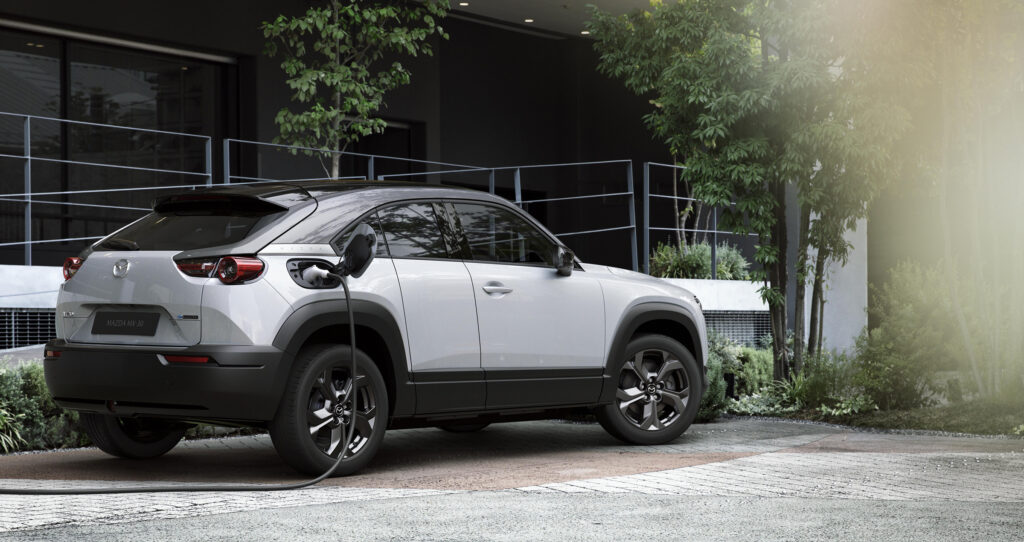
The MX-30 EV would likely start at around $55-$60,000. The MX-30 electric has a 35.5kWh battery pack claimed to deliver about 200km of range.
The MX-30 also focuses on eco-friendly materials, including cork and interior trim made of recycled PET bottles.
The arrival of the MX-30 as early as 2021 would be the first time Mazda has sold a hybrid or electric car in Australia, signifying a significant change of direction for the second best-selling brand.
Read our first drive review of the Mazda MX-30 prototype
Mazda has focused on reducing fuel consumption and CO2 emissions of its volume selling models by making more efficient internal combustion engines, arguing that will have a bigger environmental benefit than bringing out zero emissions EVs that sell in tiny numbers.
That Mazda has decided on importing the MX-30 BEV suggests senior executives have noticed a shift in the market and overall sentiments towards EVs.
In 2019 Mazda Australia managing director Vinesh Bhindi told us that there was “a slow change in attitude towards electric and alternative propulsion”.
“We’re looking at ways of launching that [MX-30] in Australia if there is some demand,” said Bhindi at the time.
Clearly Mazda has deemed that demand is here.
The arrival of the MX-30 BEV and MX-30 mild hybrid also paves the way for a return to Mazda rotary power.
Earlier this month Mazda president and CEO Akira Marumoto confirmed the MX-30 would use a rotary engine as a range extended as part of a plug-in hybrid system in 2022.
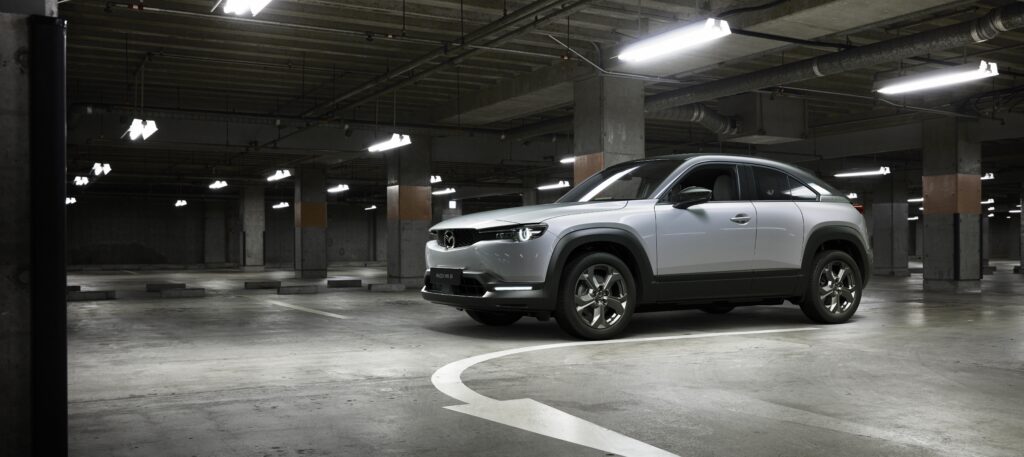
Speaking in Japanese during a live video presentation he confirmed Mazda was “developing a multi-electric technology that uses Mazda’s original rotary engine as a generator”.
“We will introduce it to the market … from the first half of 2022.”
In 2013 Mazda flagged its intention to use the rotary as a range extender; we were one of the journalists given a brief drive of a Mazda2 with a 330cc rotary engine in the boot where the spare wheel is usually stored.
The rotary produced 22kW, enough to charge the 20kWh battery pack and power a 75kW electric motor to drive the car.
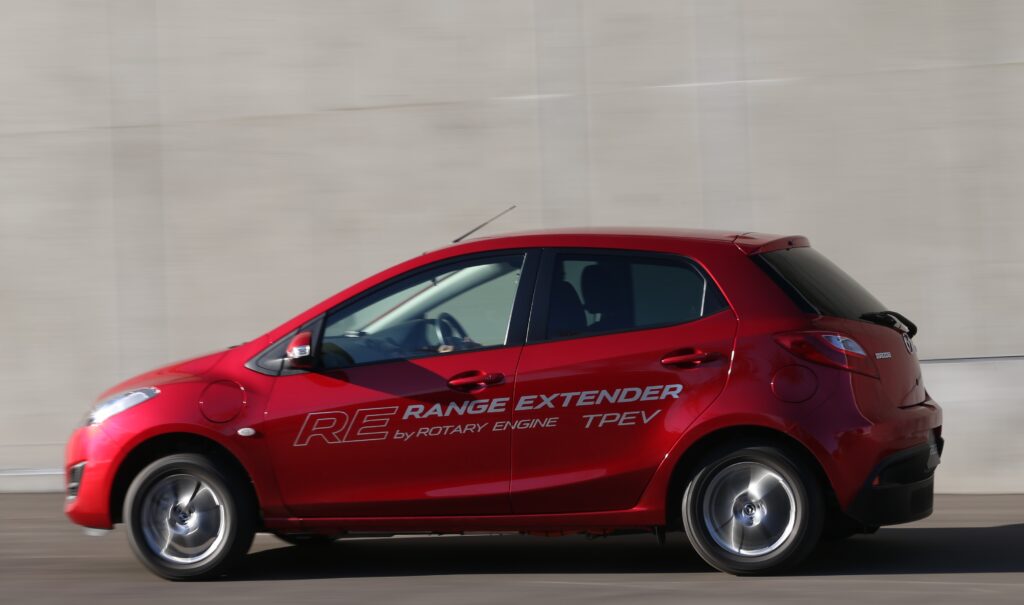
It drove much like a basic electric car but with a very muted whirring once the rotary fired to life.
Mazda is also planning on selling the rotary as a portable generator that could be used on worksites or when camping.
Having upwards of 20kW of power produced from a portable unit is indicative of the weight advantage of the rotary engine compared with traditional piston-powered generators.

